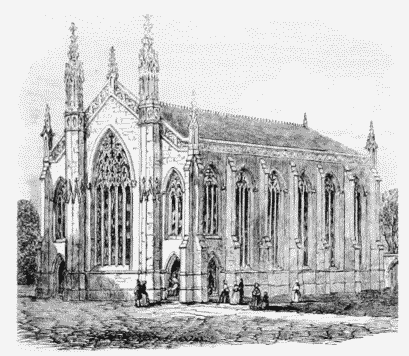Survey of London: Volumes 43 and 44, Poplar, Blackwall and Isle of Dogs. Originally published by London County Council, London, 1994.
This free content was digitised by double rekeying. All rights reserved.
'Plate 21: East India Dock Road, Chapels', in Survey of London: Volumes 43 and 44, Poplar, Blackwall and Isle of Dogs, ed. Hermione Hobhouse (London, 1994), British History Online https://www.british-history.ac.uk/survey-london/vols43-4/plate-21 [accessed 2 May 2025].
'Plate 21: East India Dock Road, Chapels', in Survey of London: Volumes 43 and 44, Poplar, Blackwall and Isle of Dogs. Edited by Hermione Hobhouse (London, 1994), British History Online, accessed May 2, 2025, https://www.british-history.ac.uk/survey-london/vols43-4/plate-21.
"Plate 21: East India Dock Road, Chapels". Survey of London: Volumes 43 and 44, Poplar, Blackwall and Isle of Dogs. Ed. Hermione Hobhouse (London, 1994), British History Online. Web. 2 May 2025. https://www.british-history.ac.uk/survey-london/vols43-4/plate-21.
In this section
East India Dock Road: Chapels. All demolished
a. Trinity Congregational Chapel in the 1860s.

East India Dock Road: Chapels
Trinity Congregational Chapel in the 1860s.
William Hosking, architect. 1840–1 (pp. 135–7)
b. Wesleyan Chapel (Popular Methodist Mission), exterior from north-east in 1848, and interior looking south.

East India Dock Road: Chapels
Wesleyan Chapel (Popular Methodist Mission), exterior from north-east in 1848, and interior looking south.
James Wilson, architect, 1847–8 (pp. 160–1)
c. Wesleyan Chapel (Popular Methodist Mission), exterior from north-east in 1848, and interior looking south.

East India Dock Road: Chapels
Wesleyan Chapel (Popular Methodist Mission), exterior from north-east in 1848, and interior looking south.
James Wilson, architect, 1847–8 (pp. 160–1)